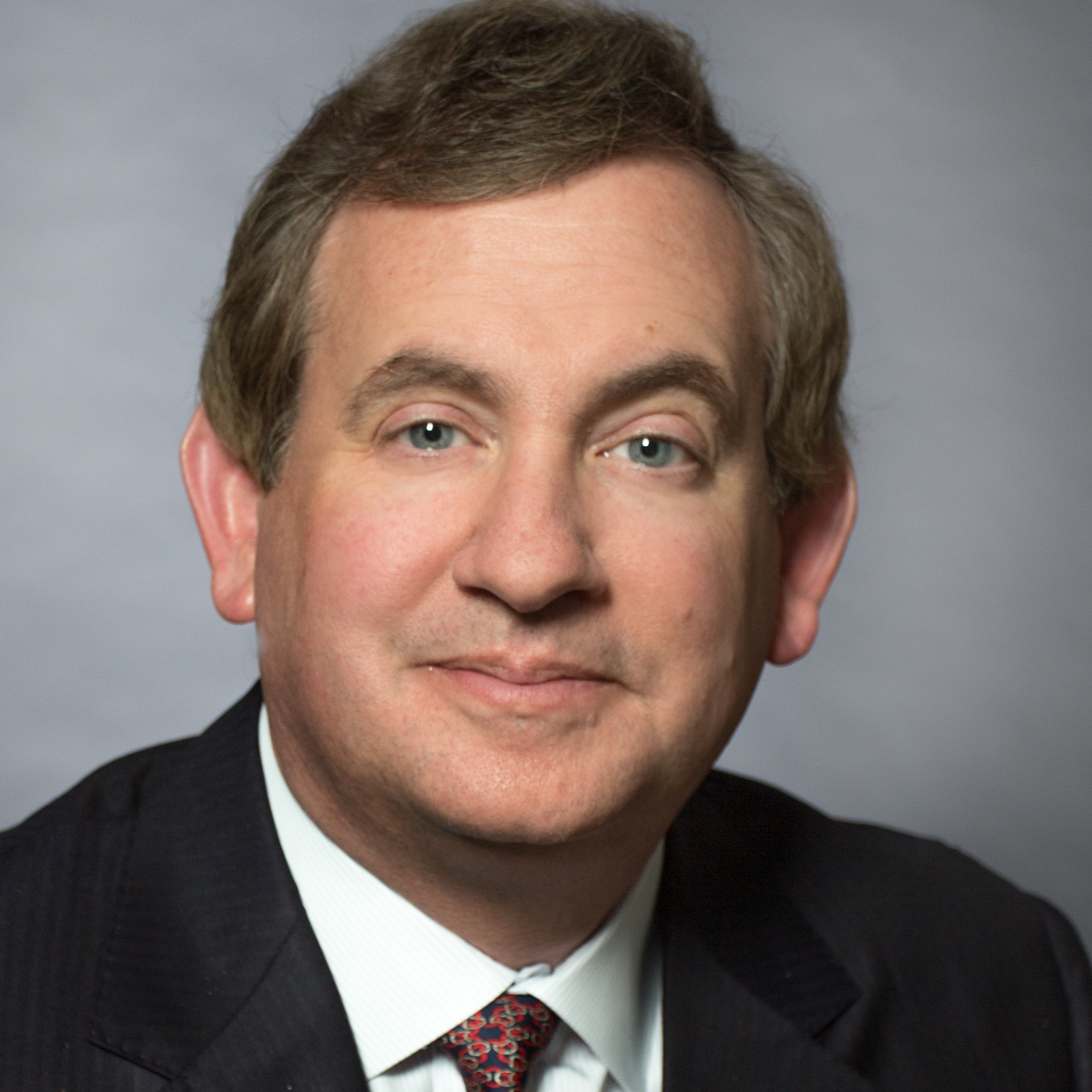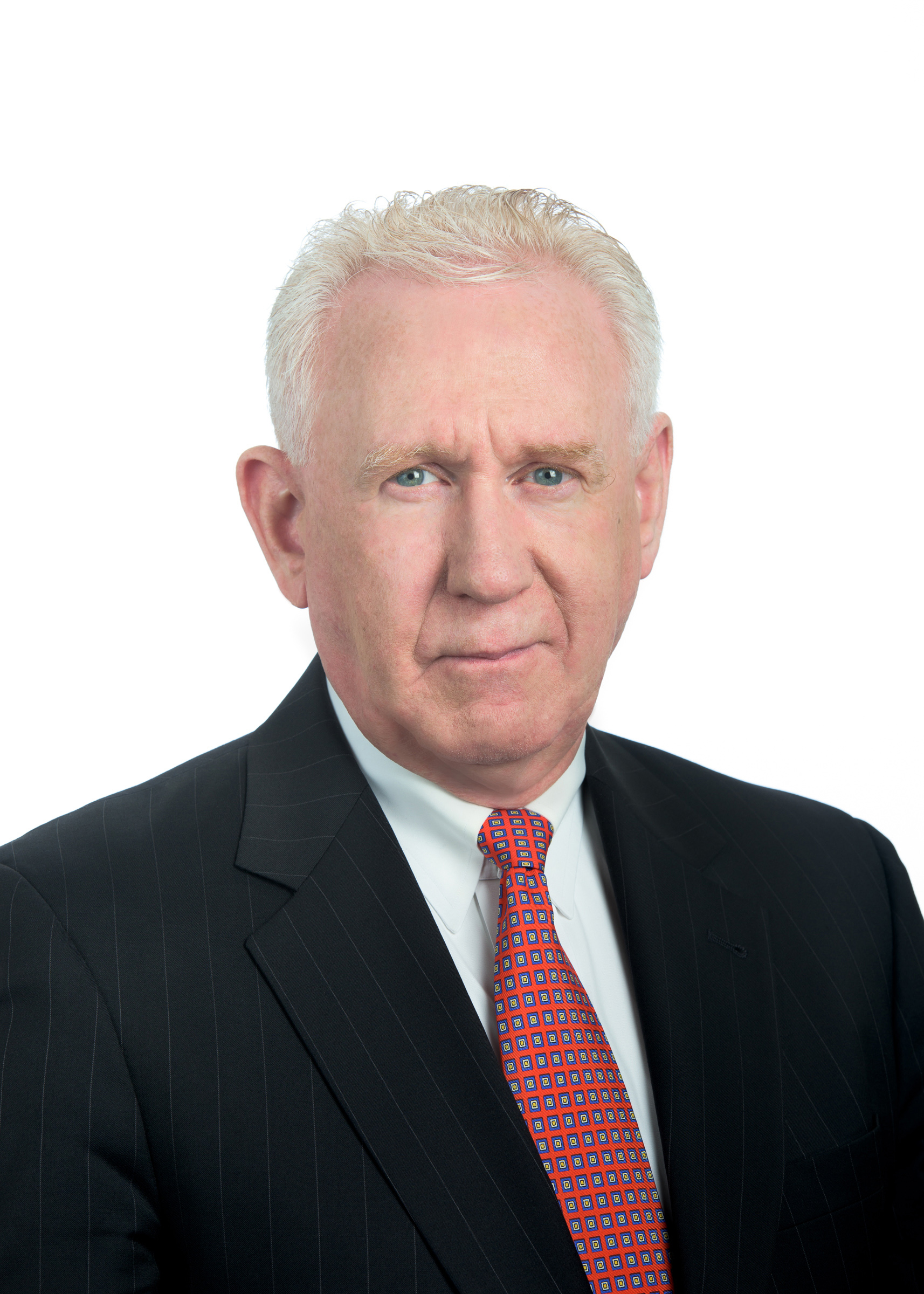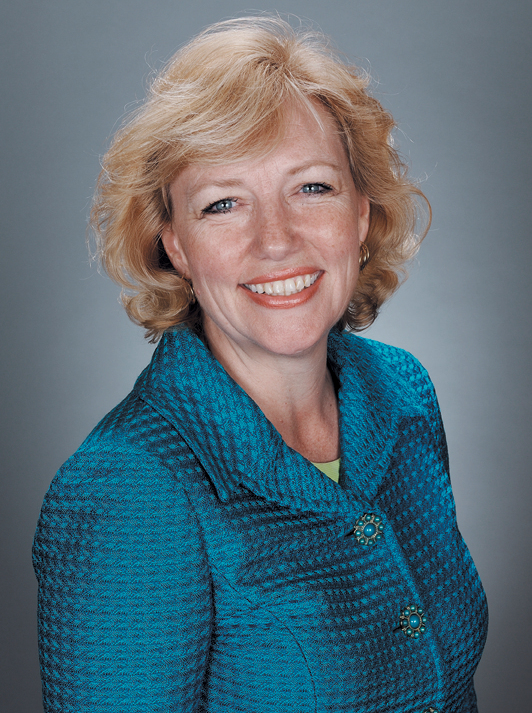 TAD RIVELLE
TAD RIVELLE
TCW Group
Chief Investment Officer for Fixed Income
The High Price of Free Money
Central banks have acclimated investors to believe low rates are the answer to economic woe. Implicit to this thinking is that artificial expansion of loanable funds leads to faster growth, lower unemployment, and higher wages. But lower interest rates aren’t better than higher rates. Prices, including rates, exist so resources go where they do the most economic good. Prices must be permitted to emerge from the mélange of borrower needs and lender preferences. Otherwise, resources get sub-optimally allocated, locking the economy into a state of “lowflation.”
Zero rates obstruct growth, and like medicine administered in excess, poison the economy’s capital structure. Low rates engender a “reach for yield,” encourage excessive risk-taking. Result? While equity prices have tripled since 2009 and high-end real estate has achieved record pricing levels, the general economy has languished. Rising asset prices have expanded the collateral pool, meaning more paper wealth has begotten more credit creation.
But credit expansion necessitates rising output and income. Used wisely, credit is inherently self-financing. Return on borrowed capital must exceed funding costs to acquire resources. When the Fed artificially lowers the price of credit, ventures that cannot deliver a proper risk-adjusted return are nonetheless financed. The results of such macro mismanagement are evident: excesses in commodities and emerging markets, depletion of “fiscal space” for indebted governments, and an inability to normalize short rates.
Printing money doesn’t magically reconfigure enterprises or workers into more productive ones. At best, monetary accommodation should be a temporary salve for a wounded economy. Its continued application and diminishing effectiveness powerfully indicate that the cycle’s re-leveraging phase has already passed.
Like a hangover after a party that went too late, we know what comes next. Investors should prepare for the inevitable de-leveraging by moderating risk, raising cash levels, and limiting exposure to assets that get most banged up in a bear market for risk.
For more information, please visit www.tcw.com.
 JAMES F. KEEGAN
JAMES F. KEEGAN
CIO & Chairman
Seix Investment Advisors LLC, Subadviser to RidgeWorth Funds
Fear Risk Not Rates Post-ZIRP
Market focus has been locked on the Federal Reserve (“Fed”) as we approach the first tightening cycle in nearly eleven years. Given the Fed’s conventional and unconventional policies during this cycle and the disproportionate influence these polices have had on asset prices, the focus is understandable. The expectation for rising rates is a natural extension of this focus, but its outcome is far from certain in our view and the real impact of even a modest tightening cycle will likely reverberate more in the risk markets.
The death of the secular decline in interest rates has been written about many times over the last several years and our “lower for longer” thesis, developed after the Great Recession, remains our base case. A combination of lower potential growth (domestically and globally), a demographic shift leaving investors in need of high quality income producing assets, a regulatory backdrop pushing financial institutions into higher quality fixed income, and a behavioral shift by investors away from equity market participation all support the current term structure of interest rates. Current wisdom ignores these structural forces, implying that Fed purchases singlehandedly suppressed rates and the inevitable reversal of said policy will force rates much higher.
Through the combination of its zero interest rate policy and quantitative easing, the Fed has aggressively pushed investors to take on more risk.
Institutions, particularly pension funds, trying to meet high expected return assumptions responded accordingly and flocked to alternative strategies far afield from the conventional stock/bond balanced portfolio approach.
This liquidity-induced inflation in risk assets stands to face significant headwinds when our central bank backs away from the zero bound. It is this second derivative impact that the market is ignoring. U.S. fixed income remains attractive relative to global developed bond markets and this dichotomy will likely further support the U.S. market when risk assets re-price in the wake of modestly tighter policy.
Seix Investment Advisors LLC is the subadviser for RidgeWorth Investments’ fixed income mutual funds.
For more information, please visit ridgeworth.com or call 866-595-2470.
Aston Asset Management
TCH Investment Team
Taplin, Canida & Habacht, LLC
Subadviser to the Aston Funds
Credit Market Challenges May Yield
Opportunities for Investors
In our view, though the U.S. remains the bright spot in an otherwise gloomy global growth picture, market reaction to continued weak economic data abroad has revealed angst that the U.S. is increasingly susceptible to global developments.
The Fed was more explicit in citing the impact of global events in its September meeting, while also acknowledging the reality that the markets had effectively created tighter monetary conditions for them (credit spreads widened about 70 basis points since the middle of last year), limiting the appeal of raising rates and further tightening conditions. The Fed is trying to navigate a narrow passage between demonstrating continued policy accommodation to an economy it perceives as still recovering while attempting to avoid perceptions of lack of confidence in the state of economy. Though the Fed did not raise rates in the third quarter, the divergence of monetary policy between the U.S. and other developed nations, which are actively easing monetary policy, remains firmly entrenched.
The weakest quarter for U.S. equities in four years highlights a broader pattern of “risk-off” behavior, where periods of perceived high financial risk cause investors to take less risk. Credit markets have suffered in this environment with spreads widening across the board, often in excess of what is justified by the fundamentals of specific issuers. The widening of credit spreads overall and the steepening of credit curves and quality curves have created a more attractive yield environment for investors. Investment grade corporate bonds offering 5% are now readily available for the first time in several years.
Avoiding reactive risk-averse behavior is as important to long-term results as correctly assessing risks. Such inefficient risk-pricing conditions are particularly well suited for combining top-down and bottom-up analysis to identify attractive risk-adjusted opportunities—the core of our investment approach.
For more information, please visit www.astonfunds.com.
 Anne Kritzmire
Anne Kritzmire
Nuveen Investments
Managing Director
Closed-End Funds & Global Structured Products
Income At Any Life Stage
Investing is a constant process. The sooner you begin – even if it’s only $25 a paycheck when you’re 25 – the sooner you’ll lay a foundation that may provide both financial security, and importantly, income to help maintain your standard of living in retirement.
The stage of life you’re in drives several key investment questions; chief among these are “Should I invest for growth or income?” and importantly, “How do I make sure I have enough income to last?”
Regardless of your investing life stage, one income-focused vehicle to consider is closed-end funds, or CEFs. The primary objective of most CEFs is to provide shareholders a high level of stable, ongoing income. While this makes CEFs compelling investments for retirees, their return potential and wide array of investment strategies can be a powerful tool for investors of all ages seeking to grow and diversify their portfolio.
Like mutual funds, CEFs invest in actively-managed portfolios of stocks, bonds and many other types of securities. Unlike mutual funds, which are open-ended, CEFs trade like stock on an exchange and capital doesn’t flow freely into and out of a CEF after it is launched. For this reason, CEFs have a relatively stable asset base that enables them to pursue a wide array of investments and stay more fully invested than many other investment vehicles. It also enables them to more easily employ leverage: the long-employed, powerful, yet sometimes not fully understood tool used in an effort to enhance both returns and distributions. It is important to note that leverage can also increase a fund’s volatility.
Let’s explore how closed-end funds might help three hypothetical investors in different stages of their investing lives:
Angela, who is 37 and building her portfolio, is interested in yield and growth. She might be a very good candidate for adding leveraged closed-end funds to her portfolio, to expand both her growth and diversification possibilities. Funds investing in floating rate loans, high yield debt, MLPs (master limited partnerships) and REITs (real estate investment trusts) can complement a traditional growth portfolio.
Tom is 58 and preparing for retirement, but coming somewhat late to the saving-for-retirement game. He has a balancing act to perform, seeking attractive returns but, with less time than Angela, might rightly be wary of too much volatility. Tom might consider CEFs that employ equity-option or “covered call” strategies. Typically unleveraged, these funds invest in diversified stock portfolios and sell call options on some or all of the stocks, seeking to improve returns and enhance income while also reducing the portfolio’s volatility or risk.
James is 74 and now in retirement, but expects to live into his 90s, much like his parents did. James needs to maintain cash flow. He might focus on converting fund returns from U.S. and global equities, real estate, infrastructure and multi-asset class strategies into relatively high, stable, persistent cash flow in a tax-efficient way through the professional distribution management CEFs provide.
If Angela, Tom, and James are tax-sensitive, they all might consider adding municipal bond CEFs to their portfolio mix.
Conclusion
Whether you’re just starting to invest, in retirement or somewhere in between, closed-end funds may offer something more than other widely used investment choices: more investment options and more income and cash flow potential. But, it’s important to note that more price and return volatility may accompany these benefits as well.
For those wanting to learn more about closed-end funds, the role they may play in providing portfolio income an any stage in life, and how CEFs employ leverage, Nuveen Investments, offers several resources for investors and financial advisors alike.
For more information, please visit www.nuveen.com/CEF.








